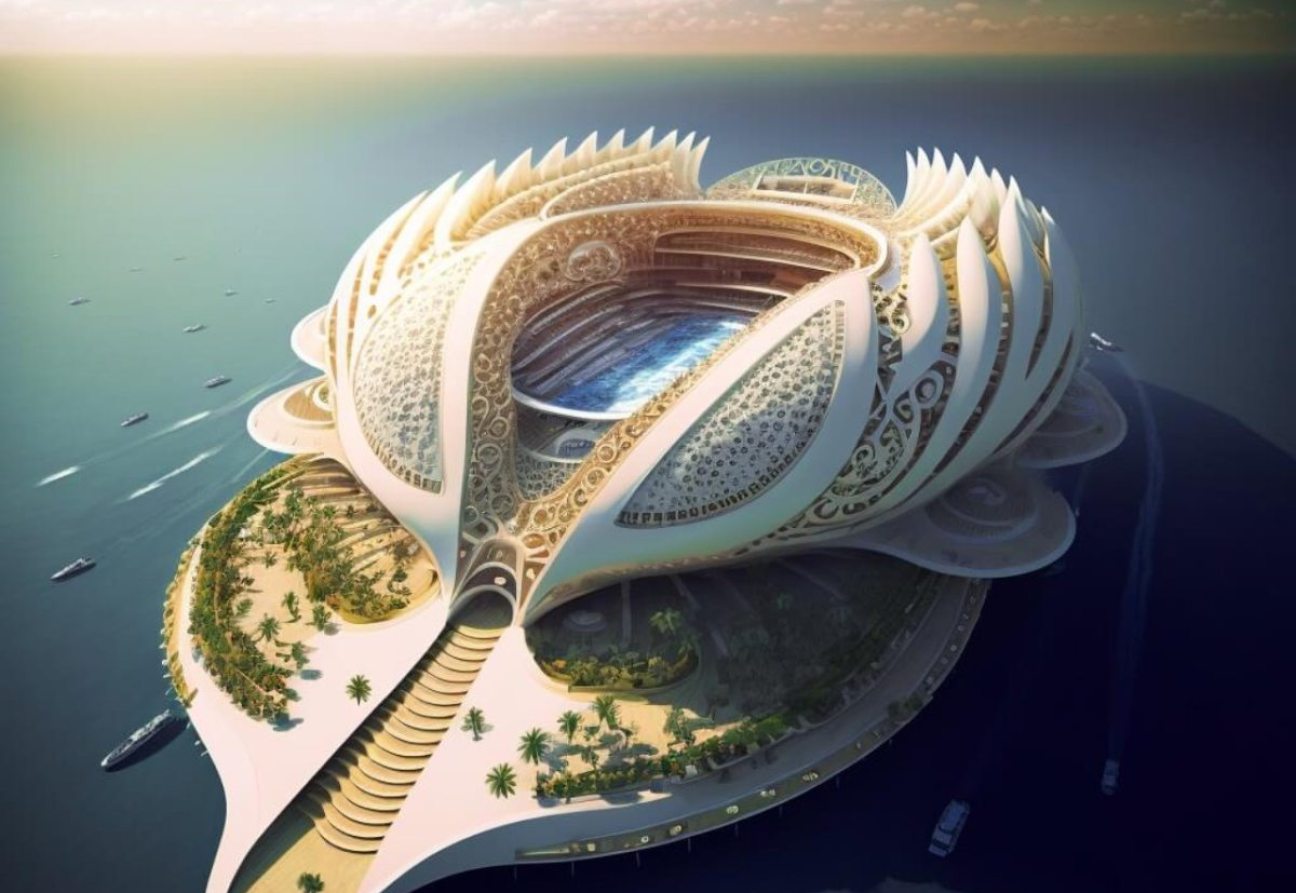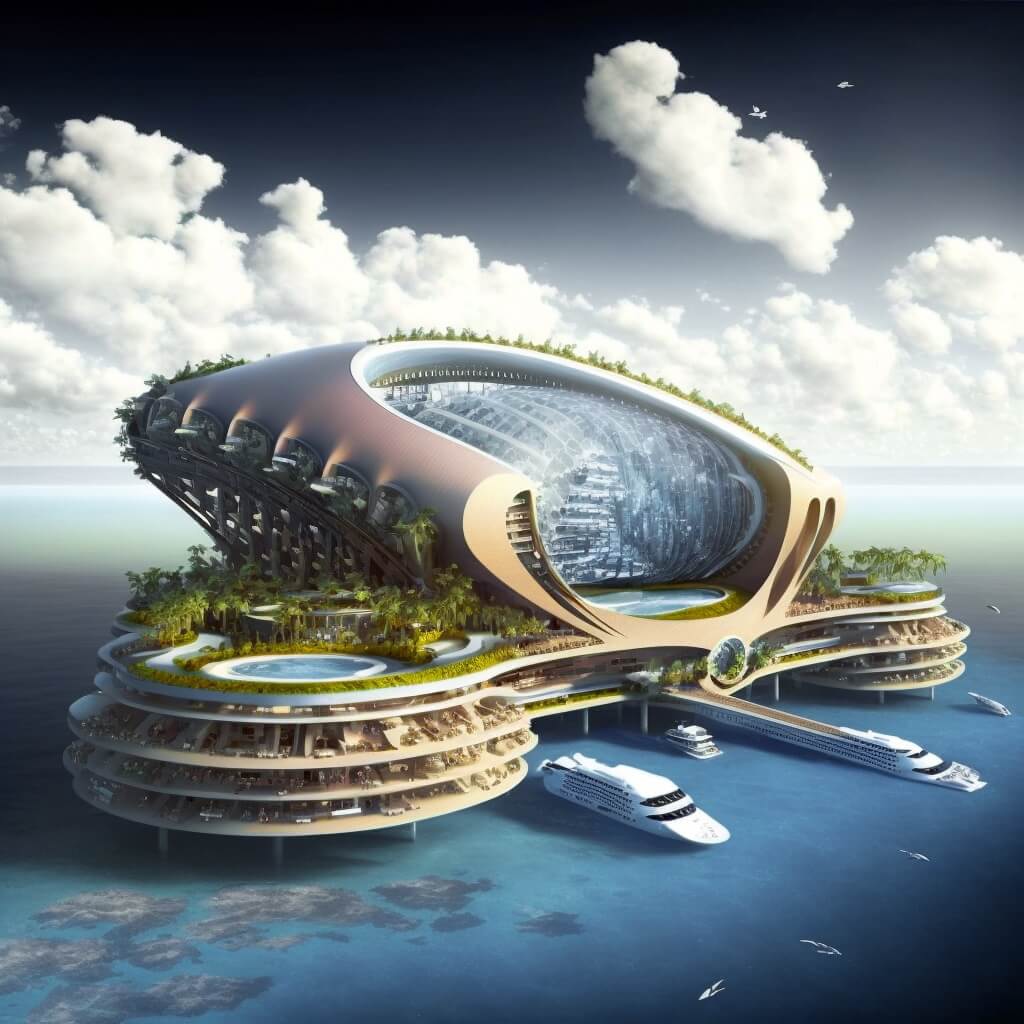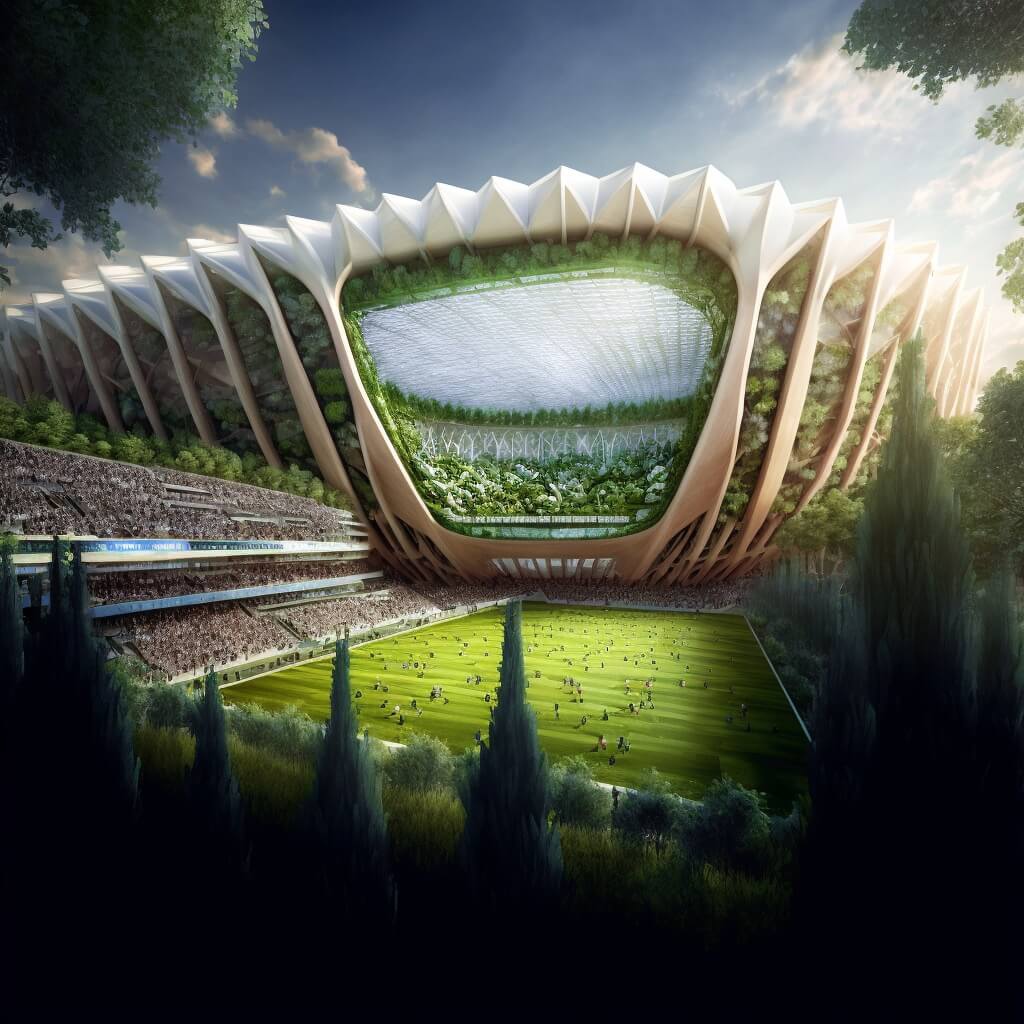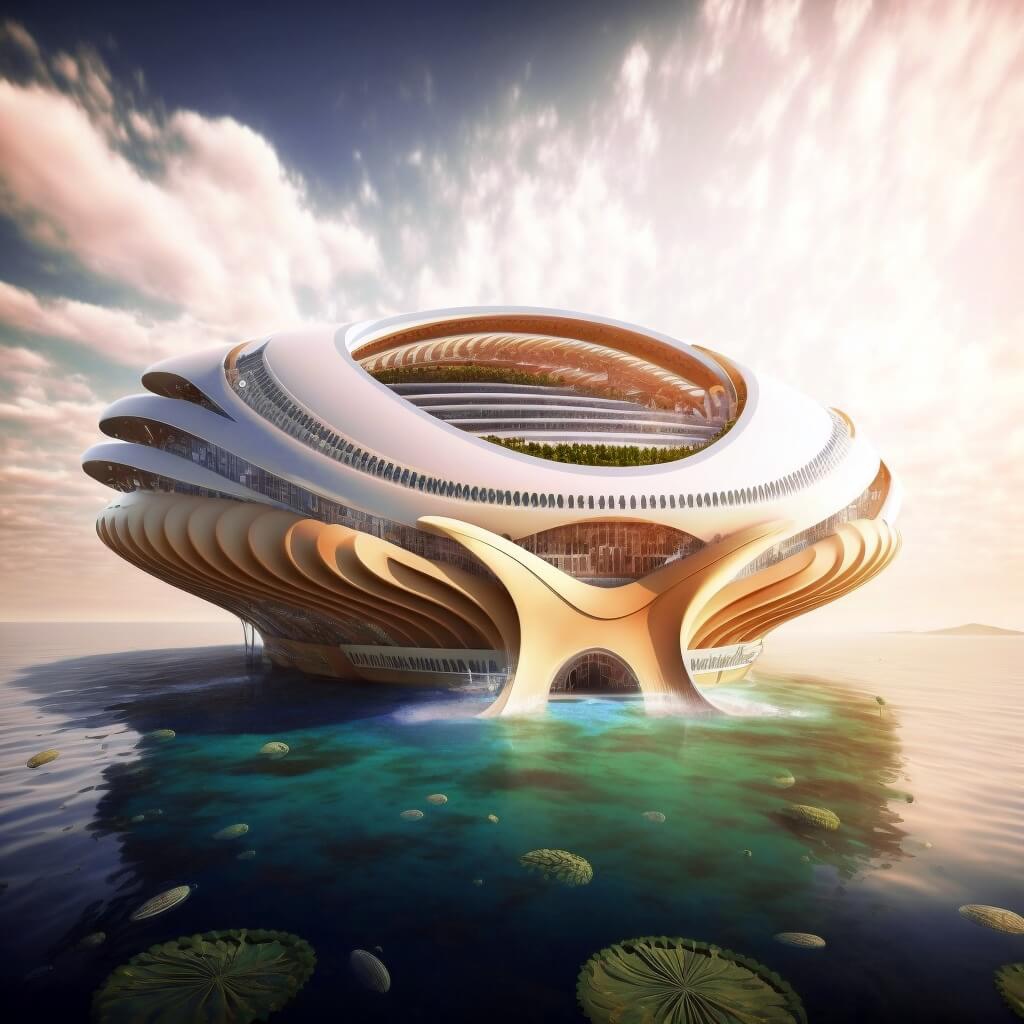The firm Vincent Callebaut Architectures presented Oceaniums, an architectural project that can be considered the future of stadiums and cultural centers because it (literally) goes where the fans are.

It turns out that this new and amazing structure would be half ship and half stadium, so it could navigate the world thanks to renewable energy using solar radiation and the strength of the winds, something simply brilliant.
Thanks to this nomadic vision of new sporting and cultural practices, it would no longer be the fans who would go to obsolete stadiums, but sustainable and ecological stadiums that would move to the followers.
These Oceaniums, true stadiums of the oceans, would be built using only biocomposite and recycled materials such as solid wood, recycled aluminum, green algae and plastic waste.

It should be noted that Vincent Callebaut Architectures seeks to convert plastic waste in the short term into a new construction material that can be used to power 3D printers connected to artificial intelligence processors orchestrated by humans .
The development of a multitude of algorithms and, in particular, the predictive learning offered by artificial intelligence and 3D printing make it an essential tool to limit human risks on these future enhanced construction sites.
Architecturally, the organic geometries of these floating stadiums are inspired by biomorphism, a current in architecture that is inspired by the form and structure of living beings, and their structures optimized in bionics.

Therefore, in Oceaniums we find an enormous resemblance to coral reefs in the process of calcification and the skeletons of cetaceans that filter seawater and bioluminescent organisms that are refuges of biodiversity dedicated to the flourishing of marine flora and fauna .
The objective of the firm Vincent Callebaut Architectures is to transform the restrictions of our time into an opportunity to invent a new ecology of sport based on the circular economy, which seeks to be regenerative, where nothing is lost, nothing is created, everything is recycled. .
Basically what this visionary office seeks to do is promote a virtuous economy where waste and pollution become resources, in addition to exploiting, as has never been done, biomimetics, a discipline that studies how to solve technical and technological problems inspired by nature. .
